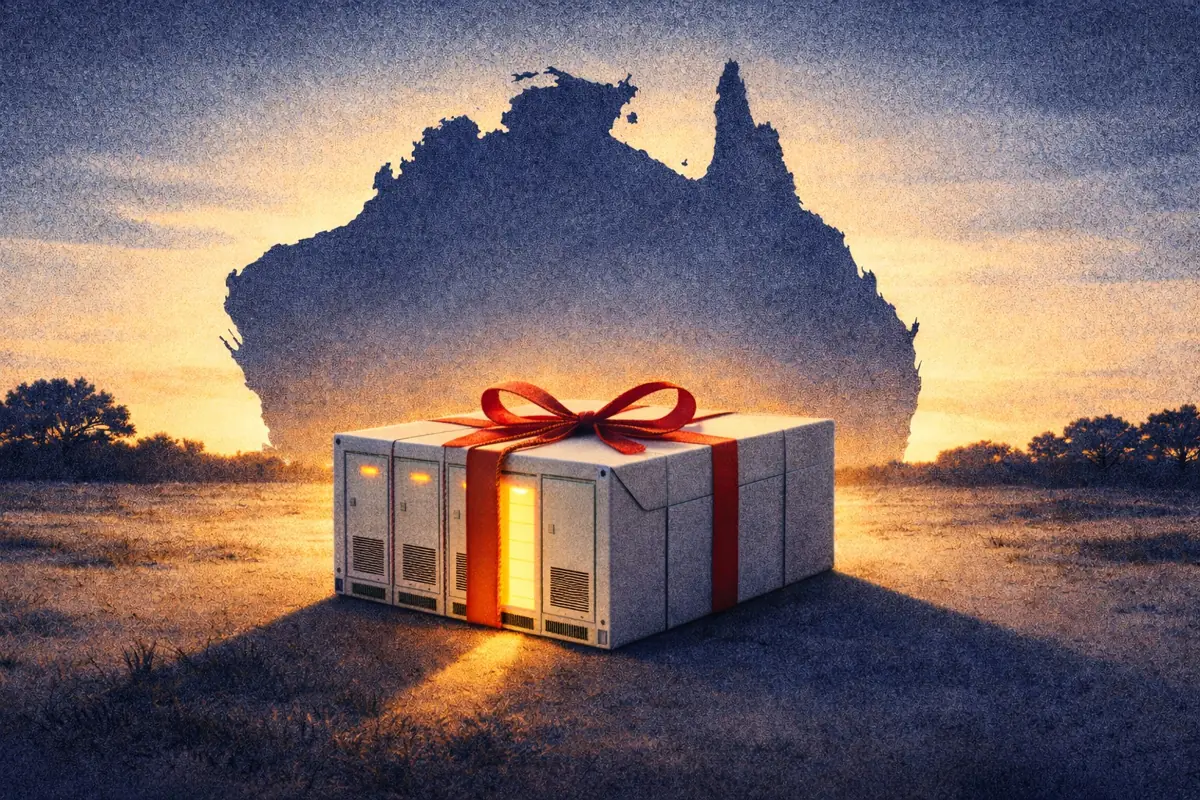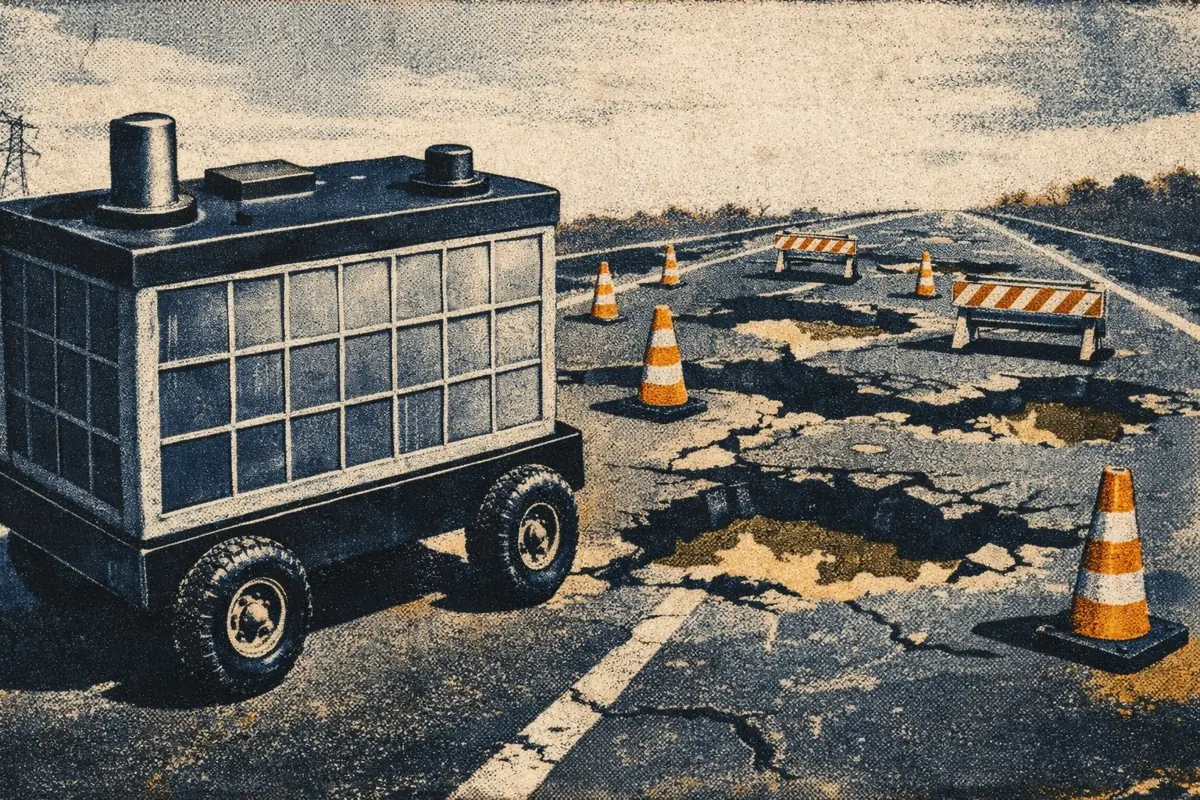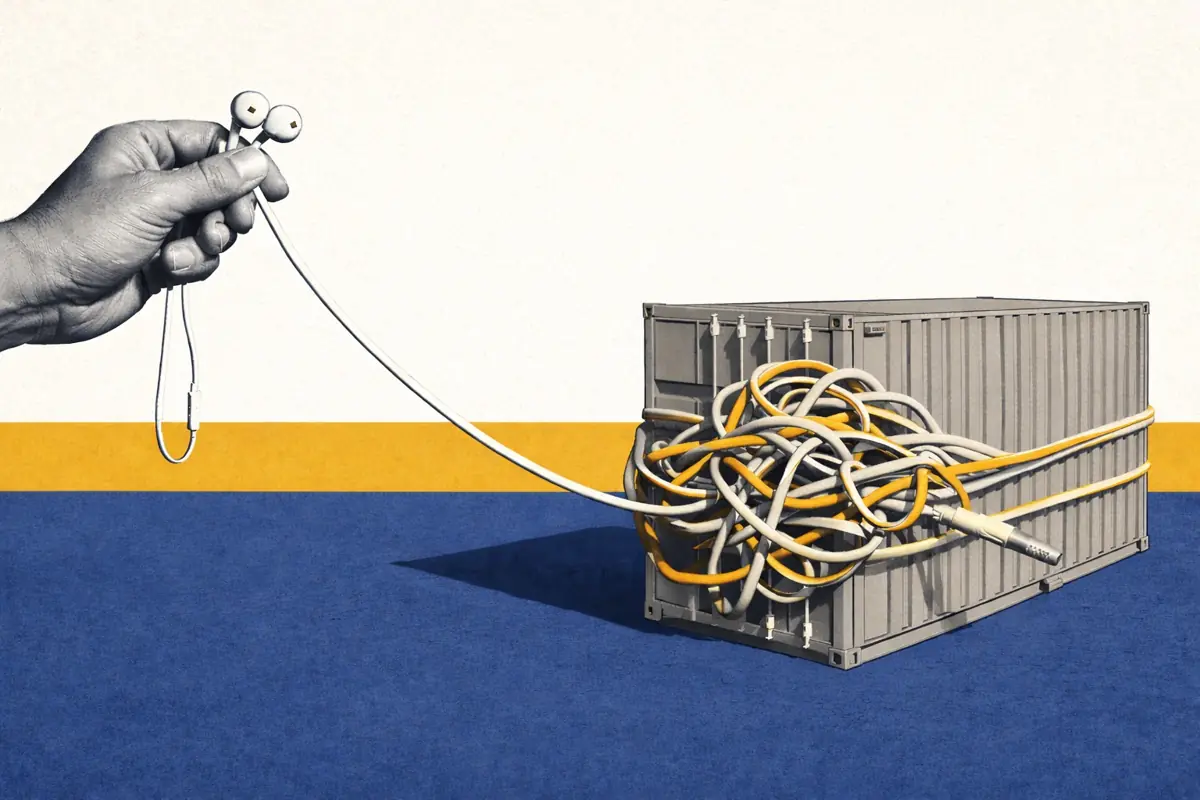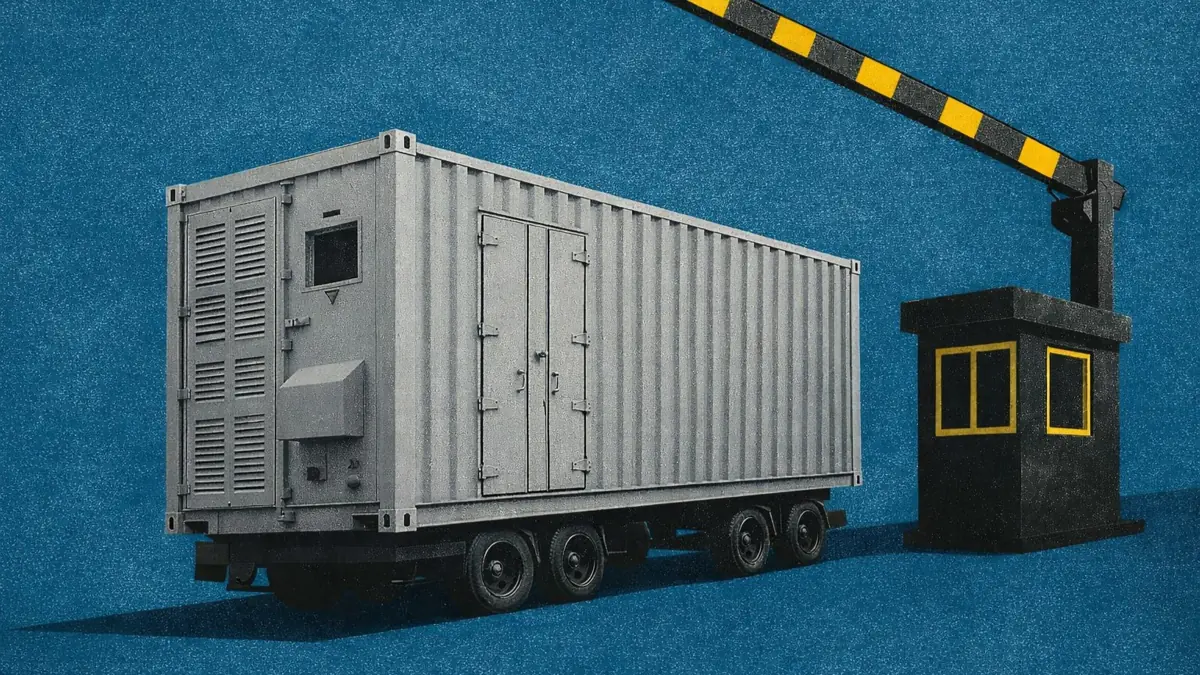The Curtailment Crisis: Saving wind and solar investments in ERCOT
The Curtailment Crisis: Saving wind and solar investments in ERCOT
The installed capacity of Wind and Solar generation in ERCOT has grown to 65 GW in 2025. Planned projects could bring this total to 109 GW by 2030.
But the growing portfolio of renewable generation faces a problem.
Capture prices - the average price at which wind and solar sell energy - are far lower than the levelized cost of energy - the price at which energy must sell to earn a profit.
Sites selling energy exclusively into the wholesale market are unable to make a return on investment.
But this is not a new story.
Renewable projects in the US have historically relied on Power Purchase Agreements (PPAs) for the bulk of their revenue.
Like tolling agreements for battery energy storage, PPAs offer wind and solar projects a route-to-market through an off-taker.
The off-taker provides steadier, risk-adjusted returns - allowing developers to access lower-cost capital to finance and build projects.
Without a capacity market, projects in ERCOT rely on PPAs to hedge against low wholesale prices.
But the majority of renewable PPAs settle “as-produced” - revenues are tied to energy actually delivered to the grid.
When ERCOT directs a generator to curtail its output to maintain grid reliability, this curtailed energy is not delivered and therefore not paid under the PPA.
Curtailment is one of the biggest challenges PPAs do not solve - projects are not paid for the energy they don’t produce.
Curtailment is rising: generators lost 8 TWh of energy last year
In 2024, grid congestion forced ERCOT to curtail over 8 TWh of Wind and Solar energy. This is part of a growing trend compromising PPA agreements. Increasing volumes of generation are unable to be settled with off-takers.
Curtailment is particularly problematic for Solar in West Texas. Baseline industrial demand regularly falls far lower than generation during the day, resulting in excess solar.
The surplus energy is unable to be transported to demand centers further East due to the West Texas Export constraint - resulting in 22% of all renewable energy curtailed in ERCOT.
Most of this curtailment occurs in the Spring. Between January and April, lower temperatures result in falling demand. Transmission outages rise as operators conduct maintenance before the critical summer months. This produces a seasonal pattern, where excess generation is unable to be transported elsewhere on the grid, resulting in lost revenue.
Some sites see 200 GWh of curtailment - others see none at all
ERCOT resolves locational congestion by turning down generation at individual sites.
Congestion patterns occur regularly and affect some sites more than others - a function of their location on the grid, their impact on transmission constraints, and the prices at which they offer to sell energy.
For Wind farms, the most curtailed sites lose 200 GWh a year - while others see no curtailment at all. The most curtailed Solar sites, with much smaller installed capacities, lose 100 GWh.
When the average site is curtailed, it loses 20-25% of its power output.
The worst-affected generators lose 60% of their production.
The most curtailed Wind unit in 2024 was part of the Los Vientos project - the second-largest wind farm in the United States. A 200 MW unit at the 912 MW site was curtailed for 4,430 hours in 2024. When it was curtailed, its power was reduced by 38%, resulting in a loss of 196 GWh of energy.
If this energy were sold on the average Wind PPA arrangement in ERCOT today, it would result in $8.2 million of additional revenue.
Two solutions: batteries and flexible demand
Network capacity expansion upgrades are expected to ease curtailment for Solar and Wind across ERCOT. The introduction of 765 kV transmission lines as part of the Permian Basin Reliability Plan, in particular, is expected to improve returns for projects in the West Load Zone.
However, in the short term, investors can improve returns in two ways.
1. For Solar: co-locate with energy storage
Co-located battery energy storage systems shift solar energy past sunset - improving revenues in two ways.
First, it allows sites to sell energy during peak prices by charging the battery during periods of excess solar generation and low prices.
In the first half of 2025, co-located solar sites captured 72% of their average locational price - compared to 57% for standalone sites. This means co-located sites were able to capitalize on a larger portion of their wholesale revenue opportunity.
Wind projects have not see as substantial of an increase (63% vs. 65%) - this is because the variability in Wind output makes it more difficult for storage to target peak price periods as systematically as Solar.
Secondly, it provides sites with flexibility on their output, allowing them to contract shaped base-load PPAs that extend past sunset. This improves overall returns for selling energy under contract.
2. Partner with flexible demand centers
The ERCOT power network is expecting to see an influx of hyperscale data center load in the coming decade.
Stranded renewables with low capture prices and high curtailment may wish to partner with incoming large load customers - like data centers.
Solar and Wind developers prioritizing new sites should site near large loads. These portions of the grid will benefit from the presence of excess generation.
For existing sites, virtual PPAs with these large load customers could offer more attractive off-take prices, but are subject to the same curtailment barriers as traditional agreements.
Instead, co-located configurations could allow large loads to site alongside existing solar and wind projects behind a single grid connection.
Today, developers face complex metering and registration requirements when pairing technologies behind a single point of interconnection.
But as early as 2026, Senate Bill 6 could reshape net metering arrangements between existing generation and large loads.
This would elegantly combine the benefits of PPA-backed and merchant generation, co-located storage, and flexible demand response from large industrial loads, all behind one grid connection.







